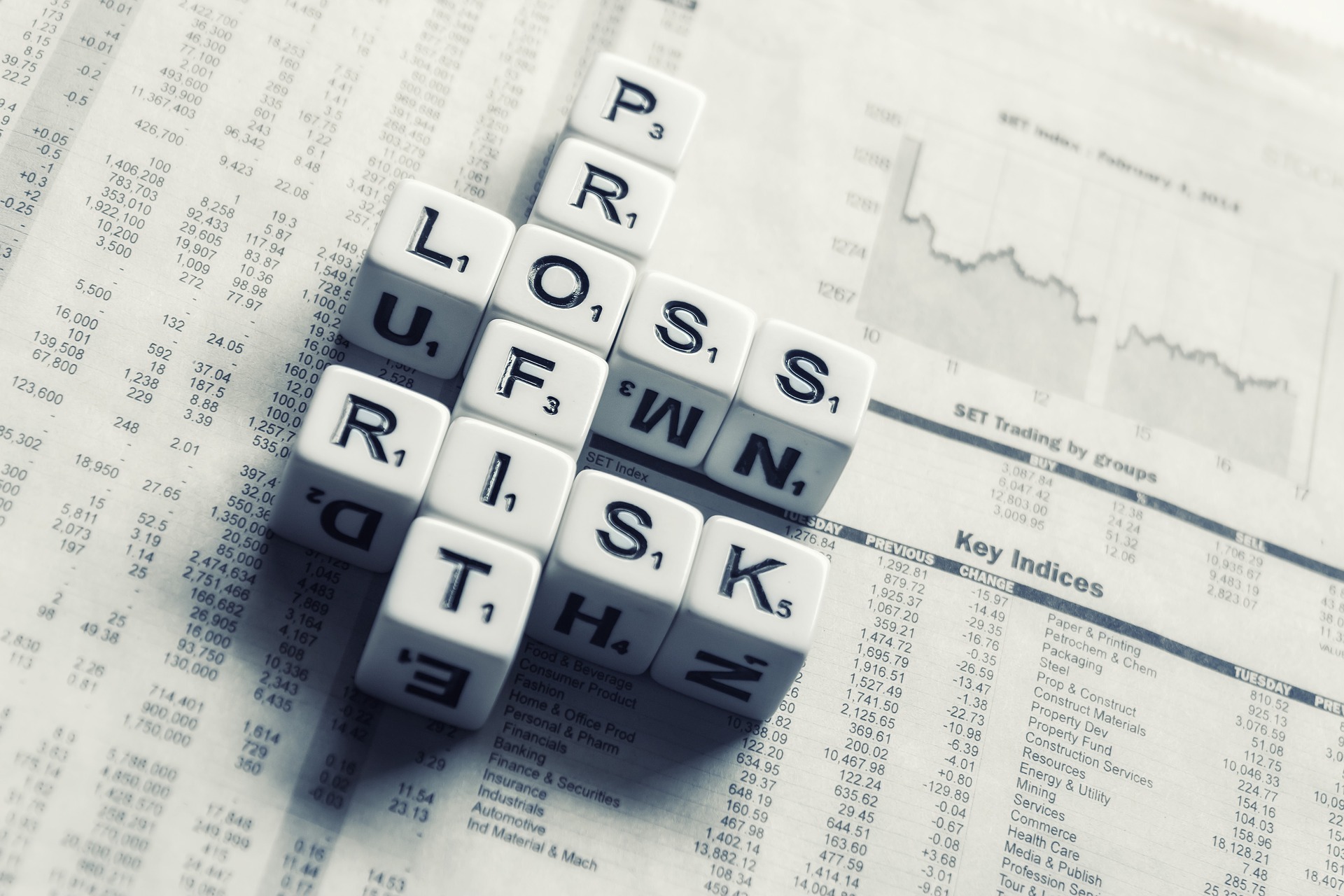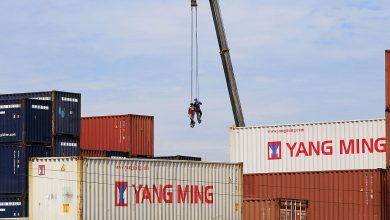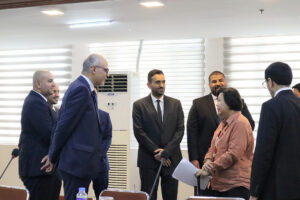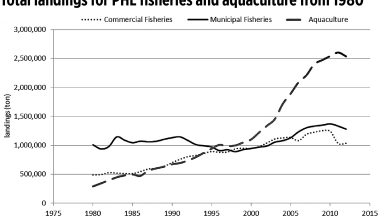Slow recovery seen for consumer goods industry

THE country’s fast moving consumer goods (FMCG) industry is projected to have a slow return to pre-pandemic levels, according to data and consulting company Kantar.
Kantar said in a statement on Tuesday that the country’s FMCG industry declined 4% year on year during the first nine months of 2021.
“Total beverages only saw a 1% growth, while dairy experienced a -11% growth in year-to-date September 2021 compared to the same period the year before. Moreover, breakfast categories like total coffee, coffee creamer, cereal and oatmeal further declined in the last two years since the pandemic started,” Kantar said.
“Filipinos instead turned to easier or more convenient ways of cooking via bouillons, instant noodles, cooking oil, seasonings and sauces. Healthier beverages such as cultured milk, family and adult milk, and energy drinks also showed stable growth locally,” it added.
According to Lourdes Deocareza-Lozano, Kantar Philippines Worldpanel Division new business director, local FMCG companies should consider the changes to consumer behavior following the coronavirus disease 2019 (COVID-19) pandemic in order to boost the industry.
“Our data reveal that major markets around the world are slowly showing signs of pre-pandemic times. While restrictions are being lifted in many countries, including the Philippines, FMCG companies, including our small and medium enterprises, must pay attention to behaviors that consumers have developed since the pandemic and capitalize on these in order to sustain the momentum,” Ms. Lozano said.
In comparison, Kantar said FMCG growth slowed to 0.8% in countries such as the United Kingdom, France, Spain, mainland China, Indonesia, Brazil, and Mexico from January to September last year.
“Globally, food categories under breakfast and lunch benefit most from the shift to a work-from-home setup, especially during the first nine months of 2021. Beverages (2.5%) and dairy (1.8%) such as milk, flavored milk, coffee, ready-to-drink tea, juices and carbonated soft drinks saw steady growth across the seven major markets covered by Kantar’s recent study,” it said.
“In addition, the return of face-to-face socializing in other parts of the globe may be having a positive impact on the health and beauty category with a 1.8% increase in consumer spend. This covers makeup, sun protection, and fragrances,” it added.
Meanwhile, Kantar said 1.8 million Filipino homes purchased in-home FMCG items online at least once last year.
It added that products usually bought via online channels include bar bath soap, shampoo, laundry powder, lotion, baby diaper, and frozen or chilled meat.
“During the height of quarantine restrictions, the Philippines shared the same upward trend for e-commerce activity as the other countries. From September 2019 to September 2021, the total online FMCG penetration increased from 5% to 7.2%. This was even higher in the National Capital Region (7.8% to 9.9%), North Luzon (5.6% to 8.5%), and South Luzon (6% to 9.4%),” Kantar said.
However, Ms. Lozano said e-commerce still plays a small part in the overall growth of the local FMCG industry, adding that there is still room for growth.
“E-commerce is here but there’s still room to increase its share of the FMCG market in the country. Companies that are able to optimize traditional, modern and online space to retain customers and attract new ones can help drive the sector’s growth back to pre-pandemic numbers,” Ms. Lozano said. — Revin Mikhael D. Ochave




